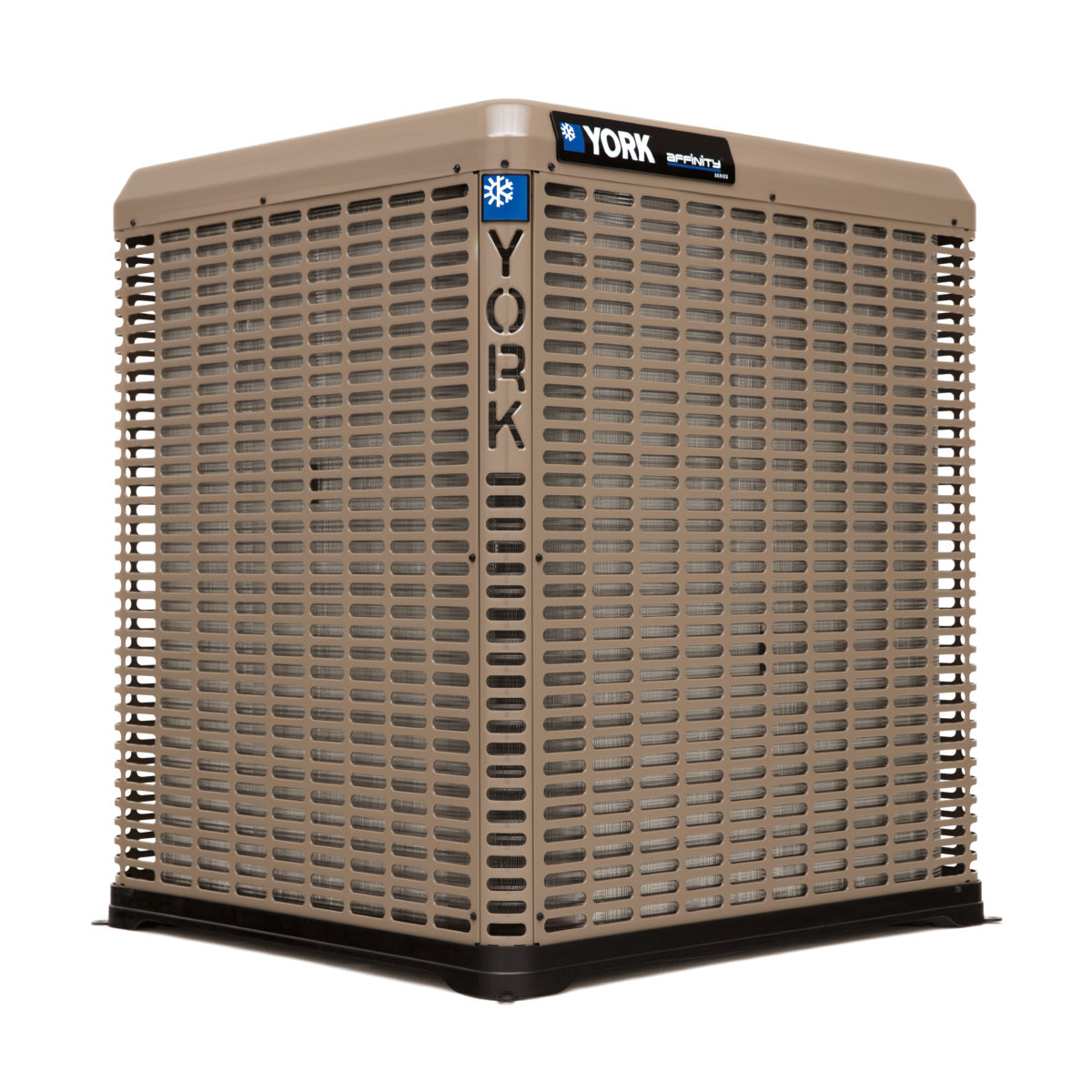You're numbers seem sensible... Did you apply a nominal efficiency factor the boiler and woodstove to get BTU output? For oil, I would use 75-80%, not AFUE.
Also, the COP (or eff/100%) of the ASHP depends strongly on the outdoor temp. It is about 4+ when the outdoor temp is >40°F, making it cheaper than woodburning in your case. There is a step in COP around 30-35°F, bc the unit starts to defrost. Under low outdoor dewpoint conditions, this is not so severe, but under wet outdoor conditions, frosting pulls the COP down to 2.0 or so.
Here is one table, for an inverter drive ASHP with good low temp performance (Carrier Infinity):
The largest (and best tech) 5 ton unit has a BTU/h output chart on page 12, and a table on page 30. You can compute the COP from the BTU output and kW input, they were not kind enough to tabulate it.
For example, crunching some numbers... at 70°F indoor, and 7°F outdoor, the delivery is 33.65 kBTU/h and 4.93 kW total system power. This works out to be 33.65/(4.93*3.412) = 2.00, or as you estimated Eff = 200%.
This does NOT include defrost losses. Under dry conditions (no frost formation) the COP will likely be close to this. Under very wet/condensing conditions, they could be 20% worse.
Ofc, what you want is to know the seasonal average COP, or SCOP. This requires the integration (Monte Carlo) of COP with your outdoor temps and dewpoints. A non-trivial calculation. My SCOP is about 2.2 (from seasonal billing data) with an old tech system. The infinity would be closer to 3 in my climate.
What is the typical minimum outdoor temp encountered at your location? Or better, what temp do you typically spend less than 50 hours or so below per season? What is a typical low temp in January? Your SCOP will likely be a bit better than the tabulated COP at that last (average January low) temp. This ofc assumes that your backup strip usage is minimal.
---------------
There is no need to 'bring in' the outdoor unit. It is built to be outside, and fully capable of defrosting itself automagically as needed (using many kWh you pay for). The one concern is to avoid it being buried in snow (suffocating it). Thus, you should mount it higher than your maximum snow line, and someplace that snow sliding off a roof won't bury it. This often requires that it be mounted high on a wall, ideally under an eave, or a small rooflet for this purpose. Because vibration can then be coupled to the structure (vs a ground mount) some care can be made with vibration isolation and locating the unit away from bedrooms.
In my climate, my condenser is ground mounted on a earthen berm and plastic 'board' that is 6" higher than mean ground level with 8" plastic legs to keep it out of any snow (we seldom get more than 14" of snow). I also have 1" sorbothane pads between the condenser and all four legs to damp vibration, and a pile of stones on the plastic board to prevent it from acting as a sounding board. With this arrangement, the unit is reasonably quiet, just making a bit of a whoosh and whistling noise when the valving flips to switch it into defrost, once every run hour.

 www.pv-magazine.com
www.pv-magazine.com


